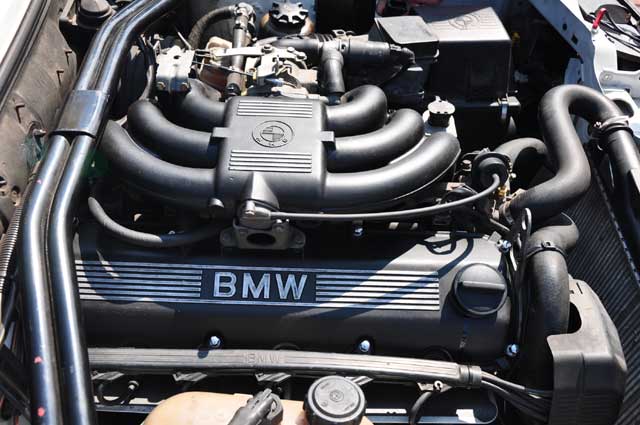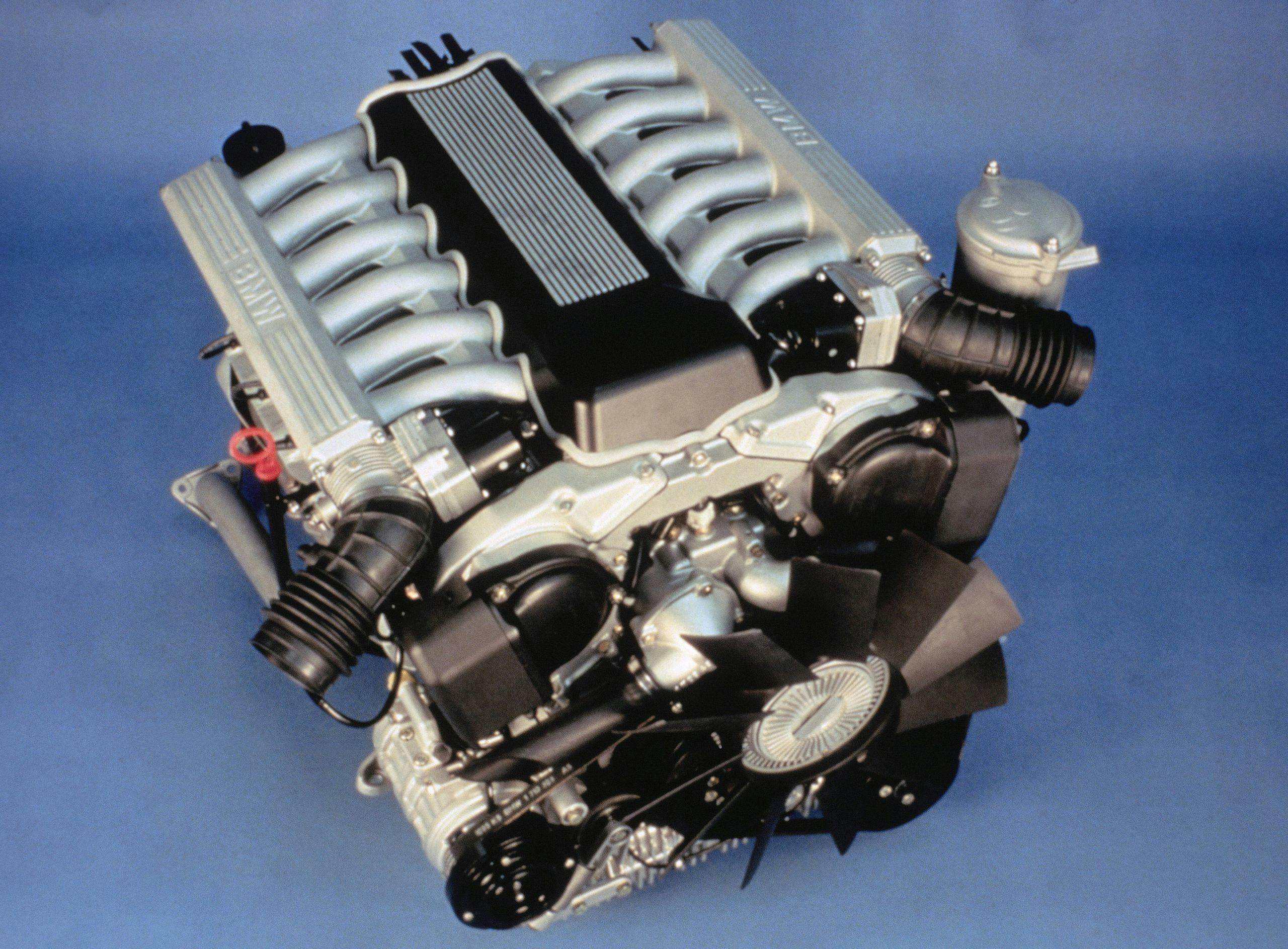The Evolution of the BMW Engine: A Look Back at Iconic Models
The Evolution of the BMW Engine: A Look Back at Iconic Models
Blog Article
From Concept to Reality: A Thorough Evaluation of the Design Marvels Driving Automotive Powertrain Developments
In the world of automobile design, the intricate web of innovations driving powertrain evolution is an engaging story that unfolds with precision and development. From the conceptualization of cutting-edge innovations to their understanding in tangible automobile powertrains, a trip filled with design wonders awaits exploration. As we navigate with the worlds of internal combustion engines, electric propulsion systems, crossbreed powertrains, and the assimilation of software and connectivity, a tapestry of improvements arises. The true intrigue lies in the unfolding future trends in automobile propulsion, where the limits of what is considered feasible proceed to be pressed.
Advancement of Inner Burning Engines
The advancement of inner combustion engines has actually been a crucial aspect in the development of automotive powertrains. From the early styles of the late 19th century to the innovative engines of today, the trip of inner burning engines has been marked by continuous technology and refinement. The fundamental concept of these engines remains the regulated combustion of gas within a confined room to produce mechanical power. Over the years, innovations in materials, making techniques, and digital controls have substantially enhanced the performance, performance, and ecological kindness of interior burning engines.
One of the vital turning points in this development was the growth of fuel shot systems, which changed carburetors and enabled much more accurate control over the fuel-air blend. Looking ahead, recurring research study and growth efforts are concentrated on alternative fuels, hybridization, and electrification to propel the advancement of internal burning engines towards even greater effectiveness and sustainability.
Surge of Electric Propulsion Systems
In the realm of automobile design, a notable change towards electrical propulsion systems is presently reshaping the landscape of car powertrains. bmw engine. Electric propulsion systems, mainly driven by advancements in battery innovation and environmental worries, are becoming significantly widespread in the automobile market. These systems supply many advantages over typical internal burning engines, including greater efficiency, decreased exhausts, and improved efficiency capacities

As car manufacturers remain to invest in research and development, electric propulsion systems are anticipated to end up being a lot more prevalent and innovative. The change towards electrification represents a pivotal moment in automotive history, signifying a considerable departure from standard burning engine technology in the direction of a more lasting and reliable future.

Improvements in Hybrid Powertrains
With the expanding demand for even more environmentally pleasant and fuel-efficient lorries, innovations in crossbreed powertrains have actually come to be a prime focus in the vehicle sector's pursuit of lasting transport services. Crossbreed powertrains integrate typical inner burning engines with electrical propulsion systems, providing enhanced gas performance and lowered discharges compared to conventional lorries.
One key advancement in crossbreed powertrains is the growth of plug-in hybrid electrical cars (PHEVs) These automobiles can be charged from an external source of power, enabling expanded electric-only driving arrays. Furthermore, advancements in regenerative stopping systems have improved the performance of hybrid automobiles by transforming kinetic power throughout stopping right into electric energy to recharge the battery.
Additionally, automakers are increasingly focusing on optimizing the combination of hybrid powertrains with sophisticated transmission systems to better boost total efficiency and performance. The use of lightweight materials and advanced control systems has additionally added to making hybrid powertrains more reliable and compact. Generally, the continuous developments in hybrid powertrains are leading the method for an extra lasting future in the automotive market.

Integration of Software Program and Connection
Advancing the vehicle industry's technical landscape, the combination of software program and connection plays an essential duty in improving lorry efficiency and user experience. Modern cars are significantly ending up being interconnected ecological communities, where software-driven performances are effortlessly integrated with connectivity features to give a much more delightful and efficient driving experience. Software application manages article source crucial facets of the lorry, such as engine administration, transmission systems, and advanced driver-assistance systems (ADAS) These systems depend on complex formulas to maximize efficiency, guarantee safety and security, and decrease discharges.
Connectivity additional improves this combination by enabling lorries to communicate with external networks, other cars, and facilities. Through attributes like over-the-air updates and remote diagnostics, producers can continuously boost car efficiency, address issues quickly, and present brand-new attributes without calling for physical recalls. Furthermore, connectivity enables innovative performances like real-time traffic updates, remote car surveillance, and seamless integration with mobile phones for boosted comfort.
Future Fads in Automotive Propulsion
The development of automotive powertrain innovations, check that specifically in the combination of software application and connection, establishes a structure for checking out the future patterns in automotive propulsion. Looking in advance, key trends are arising that are positioned to transform the vehicle industry. One popular pattern is the increasing shift towards electrification. As issues about climate change and ecological sustainability grow, electric cars (EVs) are ending up being much more widespread. Producers are investing heavily in developing EV technology, causing innovations in battery effectiveness, array, and billing facilities.
These vehicles might need distinct powertrain arrangements to support numerous degrees of freedom. In addition, the integration of man-made knowledge (AI) and maker discovering in car propulsion systems is expected to improve effectiveness and performance.
Final Thought
Finally, the constant advancement of automotive powertrains has seen the advancement of inner combustion engines, electrical propulsion systems, crossbreed powertrains, and the integration of software program and connectivity. These advancements have actually driven considerable renovations in efficiency, performance, and sustainability in the automobile industry. Looking ahead, future patterns show an ongoing shift in the direction of electrification, self-governing driving, and connection, shaping the click this future of auto propulsion systems.
The development of interior burning engines has actually been an essential aspect in the development of vehicle powertrains.In the world of auto design, a noteworthy change in the direction of electric propulsion systems is presently reshaping the landscape of car powertrains. In general, the continuous innovations in hybrid powertrains are leading the means for a more lasting future in the automobile market.
The development of auto powertrain innovations, specifically in the combination of software program and connectivity, sets a foundation for discovering the future trends in vehicle propulsion.In verdict, the consistent evolution of automotive powertrains has seen the development of inner burning engines, electric propulsion systems, hybrid powertrains, and the assimilation of software and connectivity.
Report this page